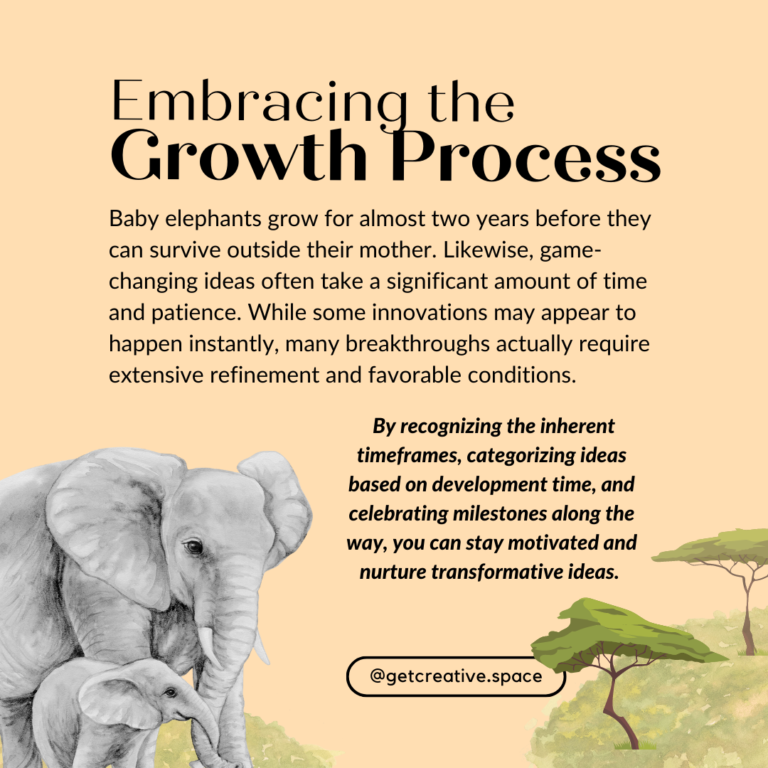Type-casting Innovation: Matching Risk with Strategy
Innovating, whether in social sectors or business landscapes, means treading a fine line between dire pitfalls and groundbreaking progress. Yet, not adapting leads to stagnation, a silent destructor. The key to accepting the risks lies in recognizing what type of innovation your situation demands and how to prepare for the jump.
Incremental (or Routine) Innovation (same approach, new technology): Don’t sleep on the subtle moves. Regular refinements, based on ongoing assessments, can steer you clear of challenges and amplify your impact. Keep a pulse on your performance to uncover these low-risk, but essential, tweaks for consistent evolution.
Disruptive Innovation (new approach, same technology): Societal undercurrents are telling. When you sense that seismic shifts are underway, reorienting your approach becomes imperative. To navigate this well, align with strategic partners, invest in new skills, and recalibrate your operational strategies.
Radical Innovation (same approach, new technology): Weak foundational structures and ineffective resources that struggle to keep up with users’ needs peril extinction. Investing in new equipment or software becomes vital. However, anticipate some inertia. Prepare people for the change by guiding and educating them on how and why to take a leap.
Architectural innovation (new approach, new technology): When both the operational landscape and tools are on the brink of obsolescence, a comprehensive rehaul is in order. This calls for not just integrating new technologies but also cultivating a conducive ecosystem. Build a comprehensive strategy of nurturing novel skill sets, reshaping inter-departmental collaborations, and fostering adaptive relationships with partners and suppliers.
Embracing risk is not just about the bold leap forward; it’s about ensuring you’ve chosen the right direction and are well-prepared for the journey.







